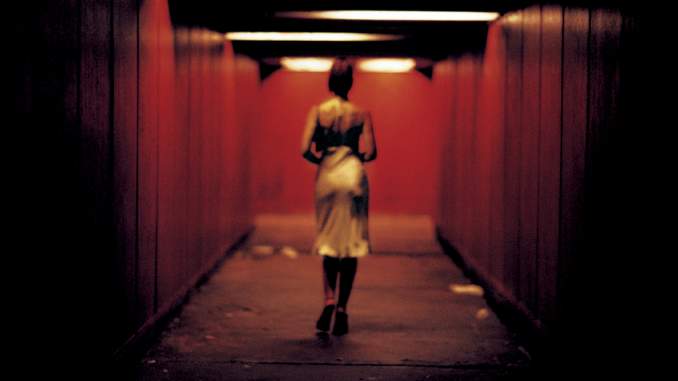The Backward Marching of Time: Irréversible’s Straight Cut Reverses (and Ruins) Its Chronology

How much does the relative effect of a movie depend on the order of the plot? In several cases, it’s everything. Quentin Tarantino’s Pulp Fiction, a film that encouraged a generation of filmmakers to try their hand at nonlinear narrative, simply could not function on its face if it were linear. Its formal and thematic reliance on self-reflexivity in turn relies on its nonlinearity to create individual vignettes of reference to the history of cinema, specifically to Tarantino’s varied influences, making the movie a sporadic pop-item. In the case of Christopher Nolan’s Memento, the reverse chronology turns what would be a standard mystery-revenge thriller into an examination of motive and in some respects, a psychological comedy.
Directly influenced in its reverse chronology by the popularity of Nolan’s film, Gaspar Noé’s Irréversible became a notorious sensation when it first released. 20 years later, it has been re-released in chronological order, which Noé dubbed the Irréversible Straight Cut. The first thing that is noticeable in this new cut is that the film’s most infamous scene, in the tunnel, exists in nearly the exact same timestamp as the original. This reveals something that I previously always took for granted: The extreme precision and calculation with which Irréversible is structured is something wholly deliberate and meant to evoke a conscious tracking of the timing of events. It does, after all, end with the title card Le Temps Detruit Tout (Time Destroys All Things).
Roger Ebert considered reverse chronology as a moral choice. He makes his case by saying “The movie does not end with rape as its climax and send us out of the theater as if something had been communicated. It starts with it, and asks us to sit there for another hour and process our thoughts. It is therefore moral—at a structural level.” I’m not necessarily inclined to agree. One reason Ebert’s quote confuses me is his referral to the infamous rape sequence as being at the “start” of the film, when its in fact very purposefully placed in the dead center. I agree that its placement elicits a need to process it as reference for everything that happens after… uh… before. It’s a moment that, when I first watched Irréversible, made me turn it off. I didn’t go back to the film for another five or six years. It’s the only sequence in the movie that exists as a still shot with the camera at ground level, unflinchingly witnessing the brutality of the abuse being endured, which goes on for a harrowingly long time.
-

-

-

-

-

-

-

-

-

-

-

-

-

-

-

-

-

-

-

-

-

-

-

-

-

-

-

-

-

-

-

-

-

-

-

-

-

-

-

-








































